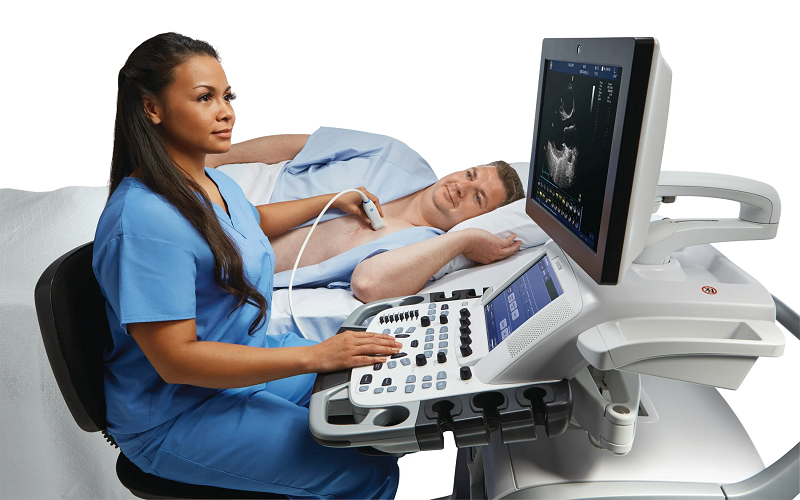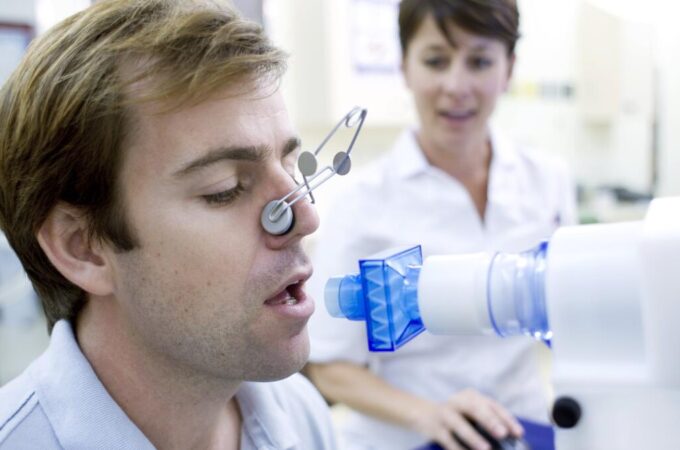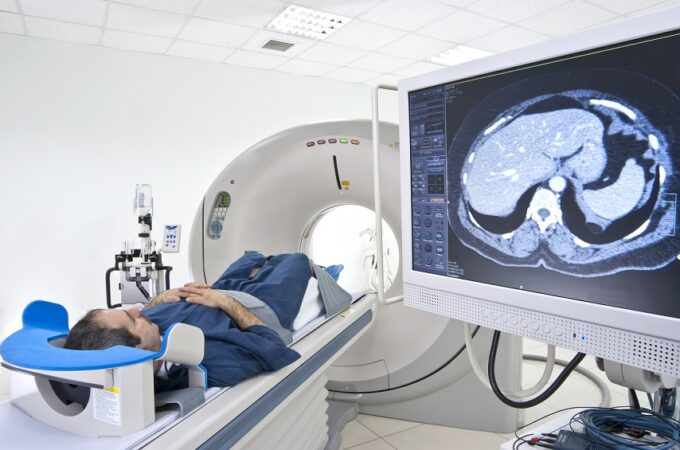
Explaining Echocardiograms: A Cardiologist’s perspective
Ever walked down a bustling street in varicose veins NYC, caught sight of a towering skyscraper, and wondered how it all holds up? An echocardiogram is like an architect, peeking behind the exterior of your heart to investigate its structure and function. It’s a window into your heart’s health – displaying the beating chambers, the swooshing blood flow, the unyielding valves. It’s both fascinating and vital, yet many do struggle to understand its complexity. So, let’s break it down, shall we? Let’s decode the intricate dance of an echocardiogram from a cardiologist’s perspective.
What exactly is an Echocardiogram?
An echocardiogram is a test that uses sound waves to create real-time images of your heart. Picture it like watching a silent movie of your heart – a play of shadows and light, capturing the rhythm of life.
The Purpose of Echocardiograms
Why echocardiograms? The objective is simple. It’s all about spotting the unseen. With this tool, a cardiologist can unearth problems with the heart that might otherwise stay hidden. Think of it as a detective looking for clues – it can detect heart disease, monitor ongoing heart conditions, and guide treatment plans.
What to Expect During the Test
Does it hurt? No. It’s like opening your eyes underwater – odd maybe, but painless. You’re asked to undress from the waist up and lie on an examination table. A technician applies a cool gel – that helps the ultrasound probe glide smoothly across your chest. The probe sends and receives sound waves that generate images of your heart on a monitor.
The Magic behind the Images
How does it work? Imagine throwing a stone into a lake. The ripples you see are like the sound waves an echocardiogram uses. These waves bounce off your heart and return to the probe. The probe then translates these waves into pictures. It’s magic of the highest order – sound waves creating a moving image of your heart.
Interpreting Echocardiogram Results
What do the images tell us? It’s like reading a map – once you understand the landmarks, it all makes sense. The images display the size, shape, and movement of your heart’s structures. They reveal how well your heart pumps blood and whether blood leaks from your heart valves. It’s a story written in shades of grey – a story of your heart.
Conclusion
Amidst the hustle, we find a quiet rhythm – the rhythm of the human heart. A rhythm is studied, observed, and interpreted through the lens of an echocardiogram. It’s a rhythm that tells a story – a story of life, of health, and of the human spirit. An echocardiogram, therefore, is more than a test. It’s a testament to the wonder that is the human heart.





